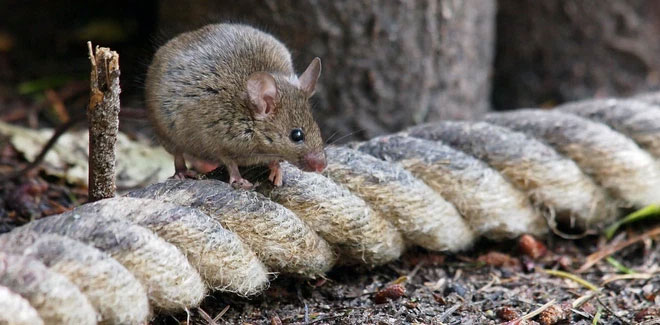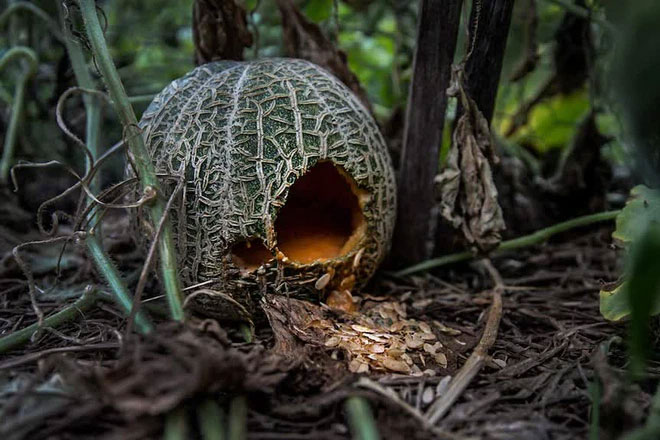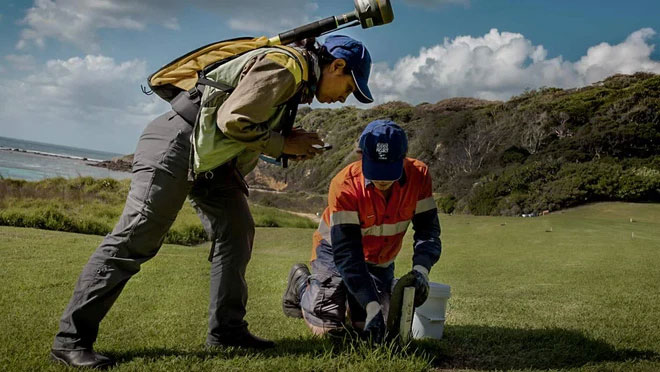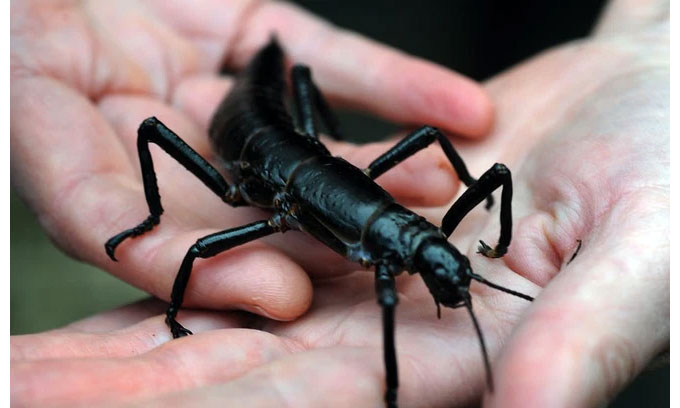Lord Howe Island was declared rodent-free in 2019, but perhaps the celebrations were premature. The recent appearance of nearly 100 rats has left conservationists wondering whether these invaders are remnants of a previous population or have somehow made their way to this UNESCO World Heritage site, home to many endangered species.
In April, a local woman spotted a rat near Ned’s Beach Cemetery, marking the first sighting of a rat anywhere on Lord Howe Island since 2019. Located 781 km northeast of Sydney, Australia, the island has since seen a subsequent investigation that captured two rats: an immature male and a pregnant female.

Invasive rats severely impact the island’s flora and fauna.
But this is just the beginning. A total of 96 black rats have been captured and killed this year, raising concerns that the controversial $12.75 million Rodent Eradication Program (REP) has not been effective, or at least not to the expected degree. Officials are currently trying to determine whether the rats are from the original population or a new population that has somehow appeared on the island.

Rats attacking plants and animals on Lord Howe Island.
It is estimated that around 150,000 rats and 210,000 mice inhabited the island at the start of the eradication program. This is a significant number for an island that measures only 14.55 square kilometers, which can accommodate a maximum of 400 tourists.
Rats were inadvertently brought here by ships in the mid-19th century, and a shipwreck near the coast in 1918 is believed to have led to their resurgence. These invaders have caused immense damage to the island’s ecosystem, resulting in the extinction of five bird species and 13 invertebrate species, while threatening 70 others, according to the Sydney Morning Herald.
To eliminate the troublesome rats, REP officials placed poisoned grain in 22,000 traps. Helicopters subsequently dropped 44 tons of toxic grain in inaccessible areas to avoid harming the island’s residents, a territory of New South Wales. Dogs eliminated the last remaining rats in 2019, or at least that was the belief.

Staff setting rat traps.
The detection of nearly 100 rats since April has prompted officials to implement a series of new measures, including the deployment of 250 motion-detecting cameras and specially trained dog teams from New South Wales and New Zealand. Encouragingly, no rats have been spotted on the island since the first week of August. Genetic testing is being conducted on the newly discovered rats to determine their origin, with results expected by the end of the year.
If no further rats are detected, the program may shift to precautionary biosecurity measures.

Lord Howe Island stick insect.
Indeed, native wildlife is recovering on the island, including a significant increase in the population of endangered forest birds on Lord Howe Island. Other species poised for recovery include albatrosses, boobies, and white-bellied seabirds, along with various land snails and lizard species.
Plant species are also expected to rebound, including the critically endangered mountain palm. Plans are underway to restore the world’s rarest insect species—the Lord Howe Island stick insect—on the island. These giant insects can grow longer than 12 cm, and fortunately, they do not fly.
Only time will tell whether the rats have truly vanished.


















































